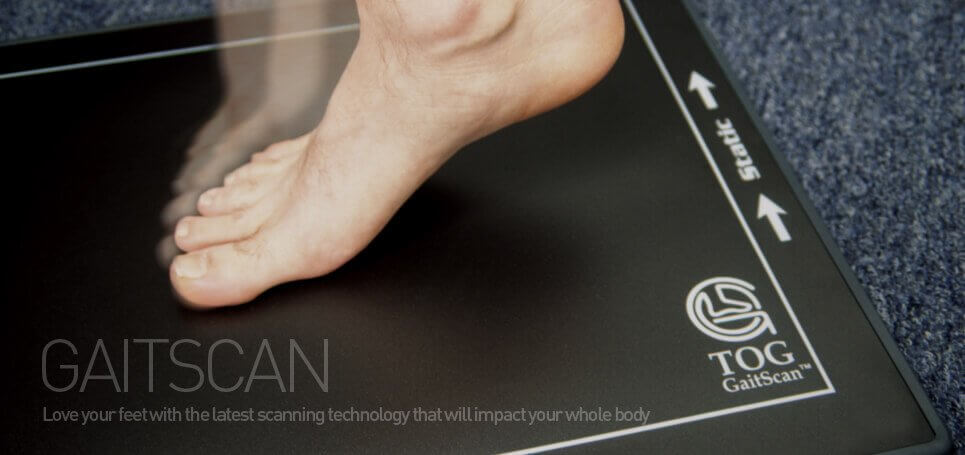WOMEN’S HEALTH PHYSIO
Physiotherapy for women's health is a therapeutic treatment of disorders specifically
related to women and the female body.
Women’s health physio is increasingly used to help women heal from the pelvic pain
and discomfort after birth, as well as alleviate or eliminate symptoms related to
certain medical conditions, such as bladder pain syndrome, endometriosis, pudendal
neuralgia, and post-surgical pelvic pain.
Pelvic pain can show up as a symptom of any pelvic organ disorder, including the
uterus, bladder, or bowel as well as musculoskeletal dysfunction. A physiotherapist
will perform an exam or series of exams to assess the source of the issue and
provide the necessary treatment.
With all the advancements taking place in the women’s health physiotherapy, it is
unnecessary to come to peace with prolonged pelvic pain and treat it as something
that takes long to subdue.
Ask our physiotherapists how they can help you
Women’s Health Physio for the Pelvic Floor
The pelvic floor is a group of muscles at the base of your pelvis that form a sling to
support the internal pelvic organs. Pelvic floor muscles are located between the
tailbone and the pubic bone. They play an important role in regulating continence by
providing a constriction mechanism for the urethral area. With age, and especially
post-natally, pelvic floor muscles weaken and can cause issues with incontinence
and sexual function, thus affecting the overall quality of life.
Continence and Women's Health Physiotherapy is focused on the treatment of pelvic
floor-related disorders like incontinence and prolapse by restoring muscle function to
the pelvic floor.
Although we can’t see the pelvic floor, it is a voluntary muscle, which means we can
exercise it and strengthen it just as you would a muscle in your arm or leg. It is
normal to feel some pain, weakness, and discomfort in your pelvic area after
childbirth. Faster recovery depends on pelvic floor muscle activation.
The right time to start with women’s health physiotherapy depends on the individual.
Starting soon after delivery is possible if you do it safely, within your range of motion,
and under the guidance of a licensed women’s health physio specialist.
Osteoporosis is a common risk factor for incontinence as women approach the later
years and menopause. Physio for women’s health during menopause includes a set
of exercises and treatments to increase bone density, alleviate vaginal atrophy,
improve insomnia, balance out hormone levels, and control weight gain.
Why does the pelvic floor weaken?
There are many reasons why your muscles become weak. Here are some of the
reasons why women may suffer from it:
- Pregnancy places a lot of stress on your pelvic floor. It can become weak
and stretched from as early as 12 weeks into your pregnancy. The growing
weight of the baby puts pressure on the muscles. Keeping them fit before you
give birth with women’s health physiotherapy can pre-empt post-natal pelvic
floor issues. - Constipation, which is common in pregnant women, puts even more
stress on pelvic floor muscles. This may occur when the body produces
inadequate levels of progesterone and certain medications prescribed during
pregnancy. It may also be related to decreased colonic movement as the
body focuses on foetal growth decreasing subconscious nervous activities in
other organs. - Vaginal delivery of your baby can stretch your pelvic floor muscles,
which don’t automatically snap back into place afterwards. An episiotomy
(surgical cut made to help get the baby out) can also weaken it. Nerve
damage can also negatively impact the health of the pelvic floor. - Being overweight. Excess weight doesn’t need to be pregnancy related.
Carrying a lot of excess weight puts strain on the pelvic floor and causes
urinary, bowel, and sexual dysfunction. - Persistent heavy lifting. Constant exercising with heavy weights and
vigorous exercise with heavy jumping can overload the pelvic muscles and
cause weakening. - Menopause. Menopause can further weaken the pelvic floor muscles and
even lead to a prolapse of your pelvic organs. All muscles in the body lose
strength during menopause. Visceral pelvic organs (bladder, uterus, urethra,
vagina, small bowel, and rectum) may drop out of place due to decreased
control of muscular supports. Pelvic floor rehabilitation can help with restoring
the health and tonus of the pelvic floor area.
Women’s Health Physio Treatments
Pelvic floor rehabilitation may include:
- Assessment of your pelvic floor
- Specially designed strengthening program
- Isolation of pelvic floor muscles
- Use of biofeedback or muscle stimulation
- Release of muscle tension in your pelvic floor muscles
- Behavioural changes
Women’s health physiotherapy is not limited to pelvic floor strengthening. You can
also seek treatment from a women’s health physiotherapist for mastitis, post cancer
rehabilitation for the female body and specific female related conditions affecting the
overall health and wellbeing of a female.
FREQUENTLY ASKED QUESTIONS
What to expect at your first Women's Health Physio appointment?
You may be asked to fill in a questionnaire to provide more information about underlying issues. Alternatively, you can schedule a face-to-face consultation. Questions typically include clarification about pregnancy history, past or current problems with pelvic internal organs, and details about current pain or discomfort. The physiotherapist will ask for permission to perform an internal vaginal examination, if required, which includes inserting a gloved finger into the vagina to assess muscle strength and check for tender soft tissues. You may be asked to squeeze and release the pelvic floor muscles while lying down. Sometimes, the exam is performed standing to inspect problems with posture. Ultrasound of the pelvic floor is also possible.
How does women's health physiotherapy help?
Physiotherapy for women’s health improves women’s general well-being before and after pregnancy and childbirth, and long into menopause and senior years. It can also be helpful for girls and teenagers who suffer from specific conditions relating to the pelvic floor and medical conditions such as cancer requiring chemotherapy or radiation therapy. Better pelvic floor health, addressed incontinence, relaxed bowel movement, reduced pelvic pain, and pain-free post-surgical recovery are key benefits of following through with a women’s health physio treatment.
What is Women's Health Physio after birth?
The post-natal period is sensitive for women who often face issues with pelvic pain, organ prolapse, diastasis recti (separation of abdominal muscles), episiotomy tears, or C-section scars. Physio treatments post-pregnancy include ultrasound, internal vaginal exam, and close monitoring to assess the best times for exercise and reactivation of the pelvic floor strength. Many women also suffer from conditions like mastitis and breastfeeding dysfunctions which can also be responsive to women’s health physiotherapy.
What does a women's health physio do?
A women’s health physio examines and treats pregnancy-related pain and discomfort issues (before and after pregnancy), as well as pelvic floor issues arising with age, after surgery, and post-injury. They will also manage a wide range of other conditions relating to the female body globally. C-section and episiotomy scar management, tummy gap, pelvic floor strengthening, pelvic organ prolapse, urinary and faecal leakage, and excessive night urination are a few of the most common issues under the women’s health physio specialty.
What do I need for my first session?
The first session addresses the nature of the pain and injury, so you need to be prepared with information about the injury background. It is recommended to wear loose clothing. Avoid consuming large meals before the exam. You may be asked to provide some information beforehand or keep a diary of your symptoms.




